
Authentic participation for successful discussions in the classroom
We are almost certain that each one of you has experienced one or both of the following scenarios when conducting student-led discussions in the classroom. The first one involves a discussion whereby students are so eager to share their thoughts that complete chaos ensues. Two or three students dominate the discussion, and a few others keep attempting to join in, only to be bulldozed into silence, while the rest remain quiet throughout. Perhaps this second scenario sounds more familiar.
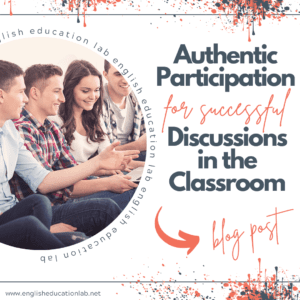
You are convinced that you have brought or created resources that are sure to fire up your students and get them talking, only to be met with complete and utter silence. We’re talking about crickets! Sound familiar? The middle ground we are looking for is authentic participation. This is defined by thoughtful, considered statements and questions by the participants. It is the balance between mere talking, in which students speak without much thought or reflection, and absolute silence. There has got to be something in between, right? The answer is a resounding, yes!
Recognizing authentic participation issues
Once emotional safety in the classroom is established, it is tempting for teachers to be so pleased that students are actually making statements, being respectful, and referencing the material at hand, that they don’t focus on the quality and depth of the participation. Some students will inevitably make statements simply to seek attention or because they know they are supposed to, not because they have genuinely reflected on the material or their classmates’ ideas.
However, once you begin to focus on authentic participation, you can start to gauge the authenticity of the discussion and help students hone in on the task of developing a deeper understanding of the material and of each others’ points of view. Here are some questions you might like to keep in mind when seeking the balance of authentic participation: Are students participating primarily to seek attention? Is the conversation text-focused? Are students jumping from comment to comment without exploring them in depth? Is the talking merely a sharing of ideas, or are students responding to one another?
Attention-seeking participation
Typically, you can quickly recognize when one of your students is participating simply to gain attention. Some attention-seeking behavior, like making noise, interrupting, and making fun of others, can easily and effectively be eliminated by creating a safe environment. Other attention-seeking behavior, however, is within the bounds of ‘safe’ but prevents students from truly participating in an authentic manner. What does this kind of behavior include?
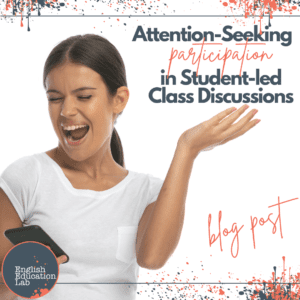
Some examples are seemingly random and unsupported statements, rambling statements that seem to be made up as the student is speaking, and reference to an expert outside of the class discussion rather than an original idea (expert parroting). An effective response to this type of issue is to ask the student, “Can you show us where you find support for that?” Asking students to support their answers will force most students both to engage in the material and to find some connection to their comments, increasing the likelihood of having successful future discussions in the classroom.
Topic-focused participation
Perhaps you are familiar with this common scenario- two or more students begin an animated discussion on the topic at hand, only for it to go off on a tangent a few minutes later! Though the students are clearly engaged, they have completely veered off-topic. Looking back, you realize their discussion had the makings of a wonderful follow-up discussion or research project, but the students were not authentically participating. As a teacher, it’s certainly easy to get swayed by their enthusiasm, especially when they are being respectful to one another and supporting their ideas. Before you know it, you end up going off-topic yourself. It’s happened to the best of us!
However, a more effective approach is for the facilitator (that’s you!) to encourage their enthusiasm but also gently remind them of the task and topic at hand. When you notice students making inauthentic individual comments during focused discussions in the classroom, the facilitator should address them directly only if students are becoming distracted and the conversation is derailed. These pointers will make it infinitely more likely that subsequent discussions in the classroom will be more successful. If students ignore the inauthentic comments, then a better approach is to simply discuss the concept of authentic participation with the individual student at a later time.
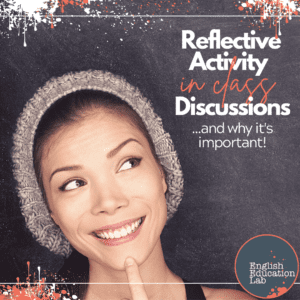
Reflective activity in class discussions
Authentic participation requires more than simply making statements; it requires actual reflection. It is a skill that is most often practiced through writing essays, reading responses, journal writing, etc.) but is rarely used in a group setting or as an aspect of discussions. We would even argue that it is still one of the least emphasized intellectual skills in the US today. So what do we exactly mean by reflective activities? We are referring to thoughtfulness (in the sense of full thought) put into action through spoken word. In a class discussion, this means considering both the material at hand (whether it be a text, a set of questions, a poem, etc.) and what others have said prior to speaking.
A word about silence! In a balanced class discussion, there will inevitably be moments of silence that last up to a minute or even two. Though it might feel like an eternity to most, it can be extremely productive if it is used by students to actually think about the material at hand and what is being said. Typically, (and we’re sure you’ve all been there before) when silence fills the air during a discussion, it is often quickly filled by the teacher asking follow-up questions or sharing knowledge about the topic. Most teachers tend to panic and feel like they need to fill every little space up.
In reality, though this type of classroom interaction may be appropriate for some discussions, (most notably when leading students to a particular understanding of a topic), it tends to allow students ‘off the hook’ in terms of creating their own unique thoughts and ideas about the topic. Students often automatically shut off if they know their teacher will fill the silence. However, if you, as the facilitator, show a little patience and wait for your students to break the silence, you’ll often be thoroughly surprised and rewarded with a conversation of much greater depth- and isn’t that what we all want? We know it takes a little time and practice on both sides- but it is well worth trying. If you’re unsure of how to ‘wean’ your students off of relying on you to fill in the silence, you can try letting them know prior to the discussion that silence is a good thing! It means both you and your students are reflecting. 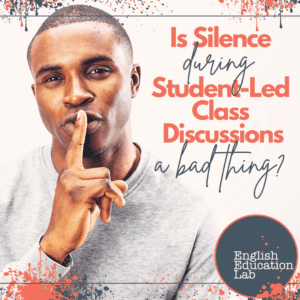
Let them know that if it gets silent, you won’t be jumping in, but there is no need to panic. It may time a little time before everyone feels comfortable with those silences, but you’ll be amazed at what slowly unfolds when everyone is given the time and space to digest and reflect on the topic before talking. We know what you’re thinking right about now! “Come on, there’s got to be moments where I’ve got to jump in, right?” Yes, absolutely- not all pauses are created equal! Sometimes, silence means students need to be asked a probing question or simply move on to a different idea.
As the facilitator, it is your job to consider why there is silence in the first place. Is it because the current line of thinking has been completely explored, or is it because your students are waiting to be told what to think? If it is the former, then you might need to ask a question that encourages students to consider a different idea or to consider their current line of thinking. If, however, students are simply being intellectually lazy or need to go back and review the material more carefully, then promoting reflection by asking another question and practicing wait-time may be the most effective facilitator response.
You are NOT the focus!
The last indicator of authentic participation and a key aspect of successful discussions in the classroom is whether the students are talking directly to the facilitator or to each other. If they are speaking to you, they may still be waiting for you to give them the ‘right answer’ or to give them some guidance.

Until students stop looking at their teacher for direction, a natural student-led discussion will not unfold. To combat this common behavior, it’s best to prepare your class prior to the discussion beginning. Let them know that eye contact (on your part) will be kept to a minimum, not because you are being rude but because you are trying to encourage them to talk with one another!
We are well aware that this lack of eye contact can be extremely difficult and feel very unnatural for most teachers (as a Greek, it feels virtually impossible!) as we are so used to giving (and students are used to receiving) positive reinforcement through eye contact, head nods, and words of encouragement. In student-led discussions, however, your students are the ones leading the discussion. The audience for comments and the source of feedback should be students, not the teacher! Otherwise, the teacher remains the center of the conversation. As the facilitator, you want to try and minimize your input. Reminders may be necessary, but simply looking away from the speaker to another student or down at notes is often enough of a nudge to remind a student to look at other participants instead of you. Remind your students that the discussion is theirs- not yours!
We hope you’ve found this deep dive into the topic of authentic participation valuable. Stay tuned for more tips and ideas on how to create successful student-led class discussions!
Further Reading
Creating an Emotionally Safe Classroom for Succesful Class Discussions
20 Tips for Creating a Safe Learning Environment
Belonging and Emotional Safety
Psychological Safety in the Classroom
To Enable Learning, Put (Emotional) Safety First
How to Foster a Sense of Community with Student-Driven Class Discussions


Breaking barriers: Using ESL teaching materials to discuss women’s rights
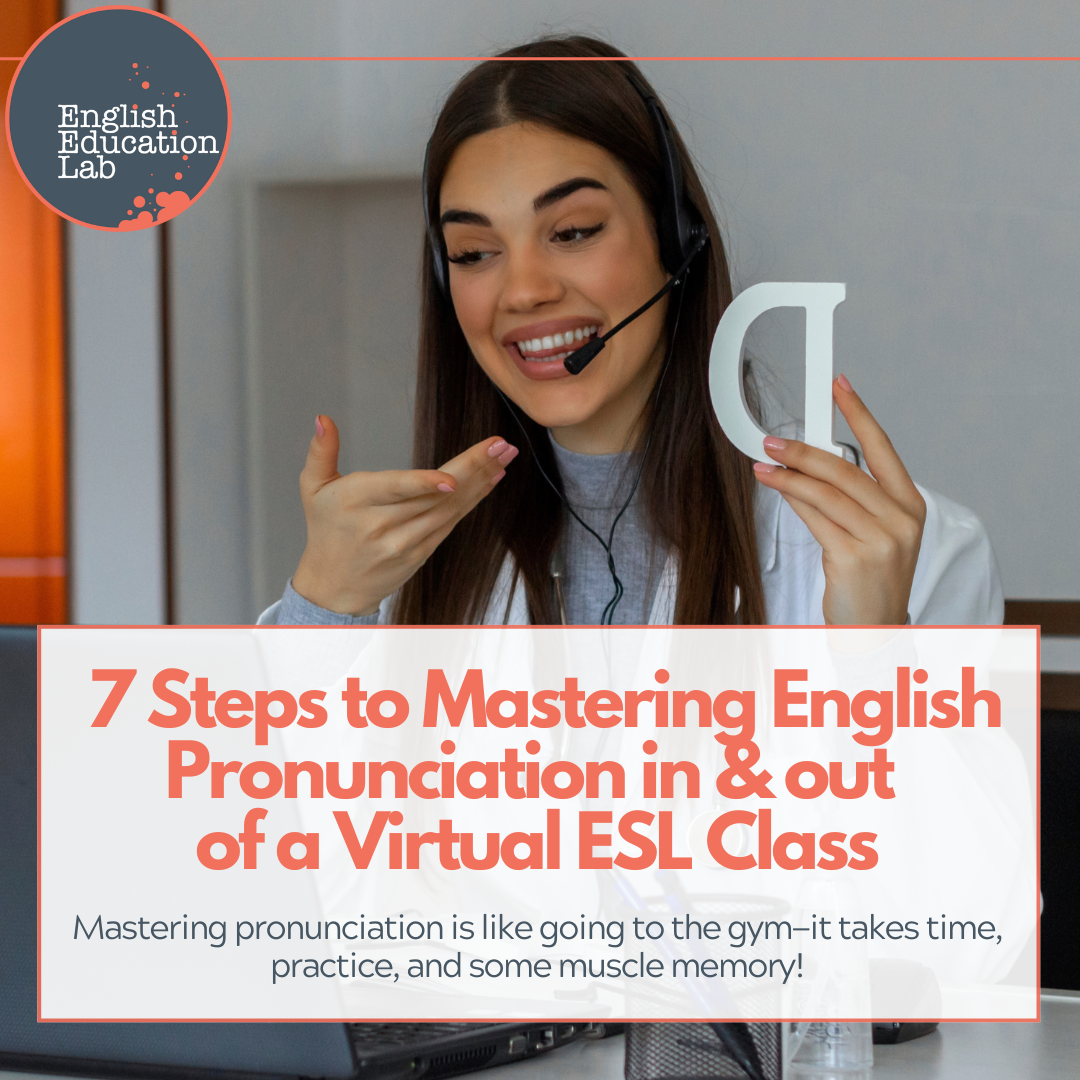

1 thought on “Authentic participation for successful discussions in the classroom”
[…] Authentic Participation for Successful Discussions in the Classroom […]
Comments are closed.